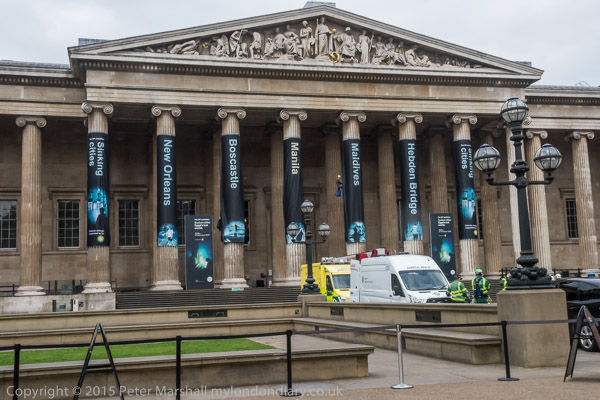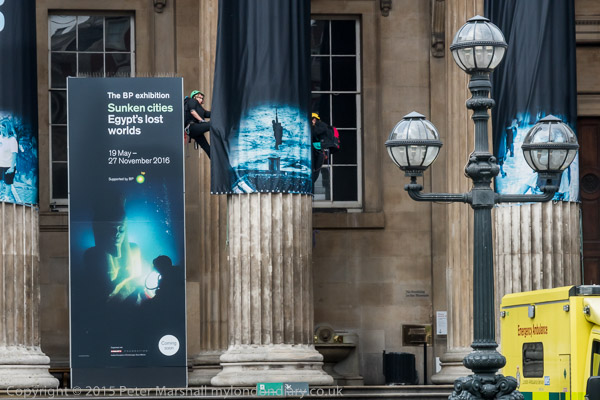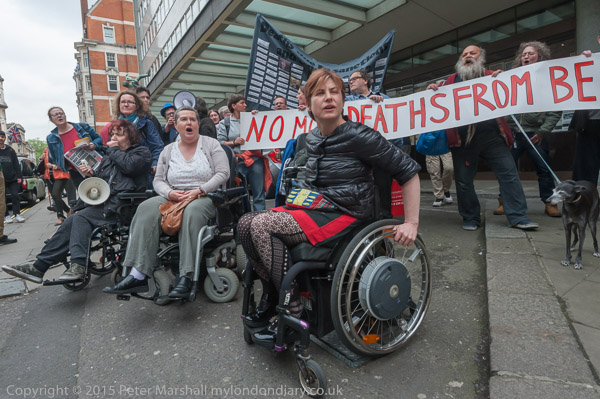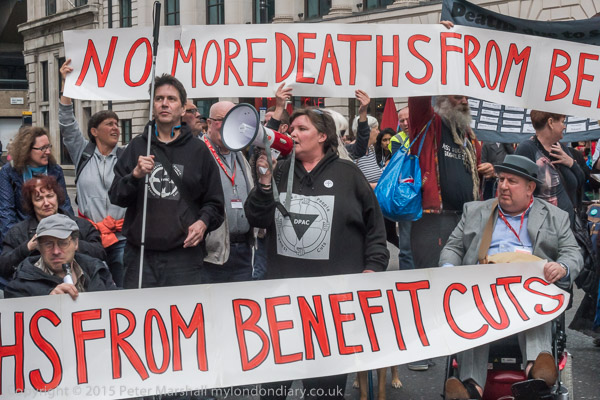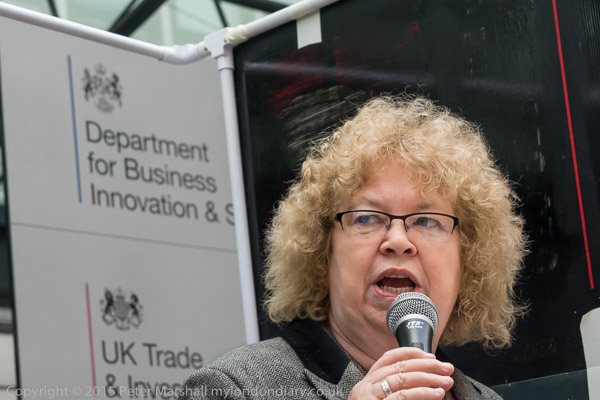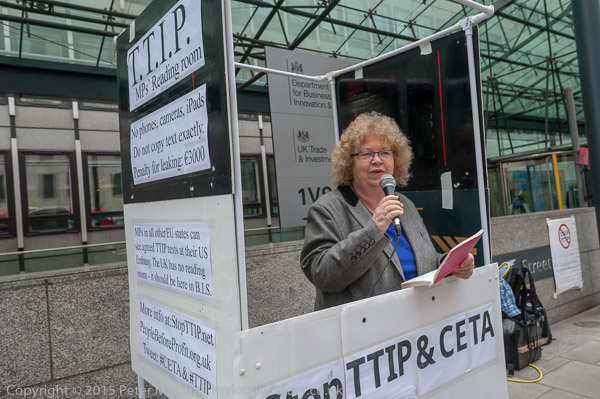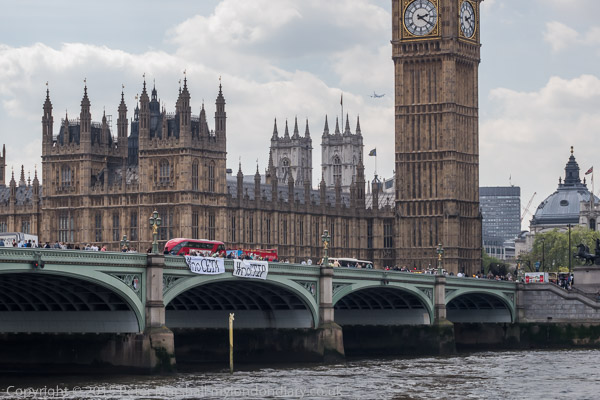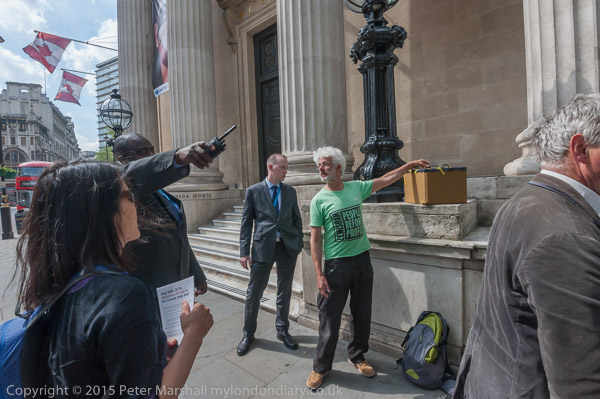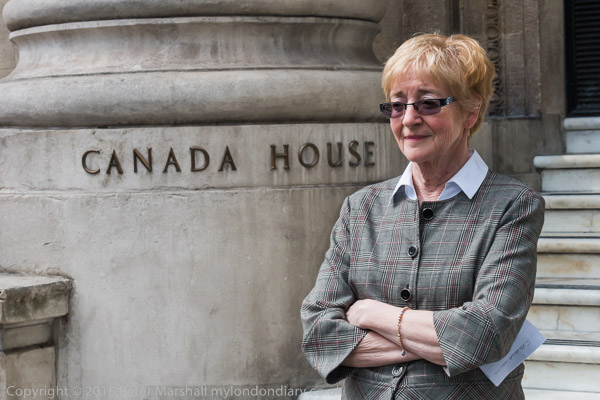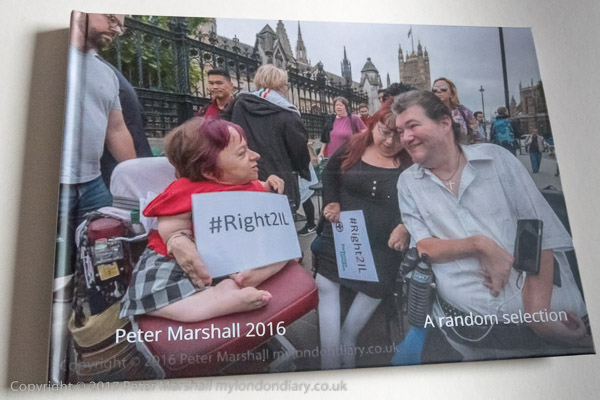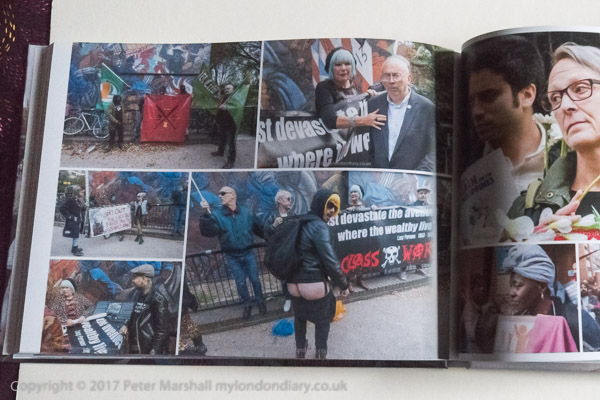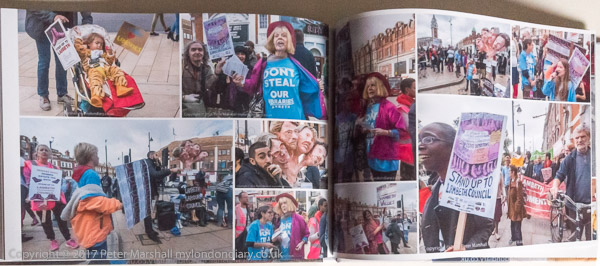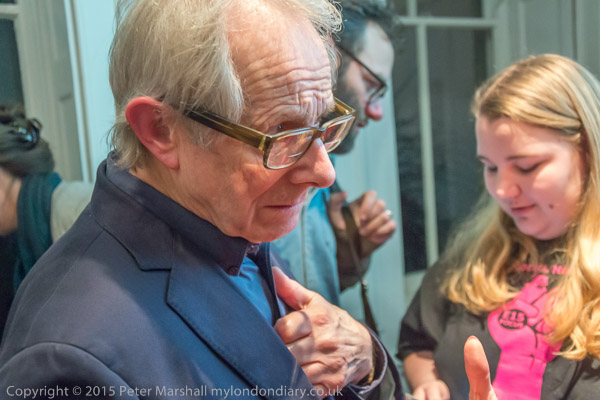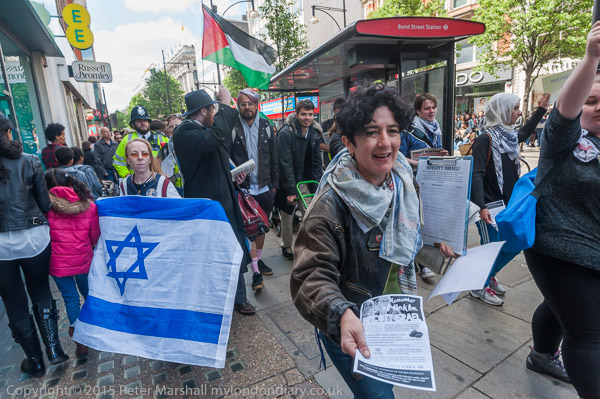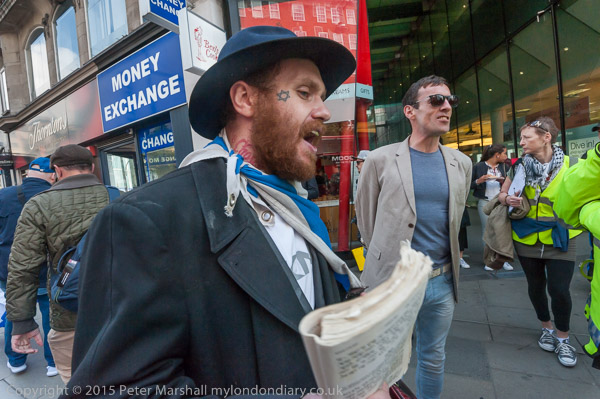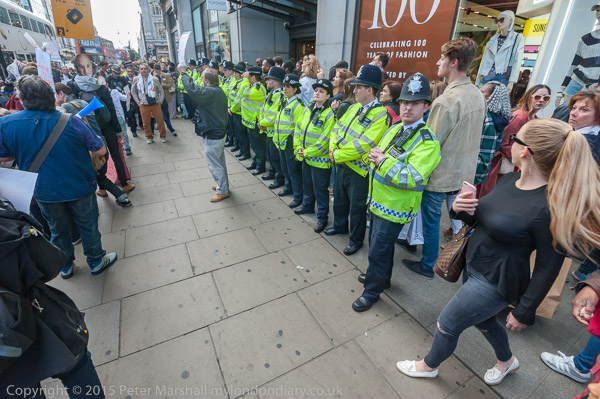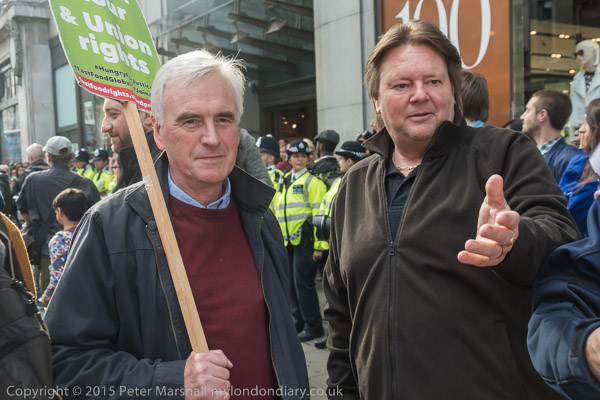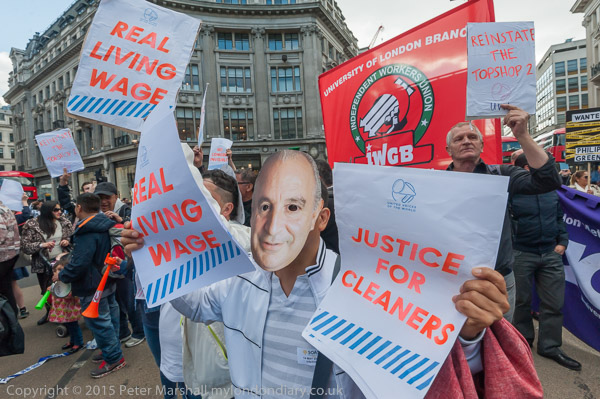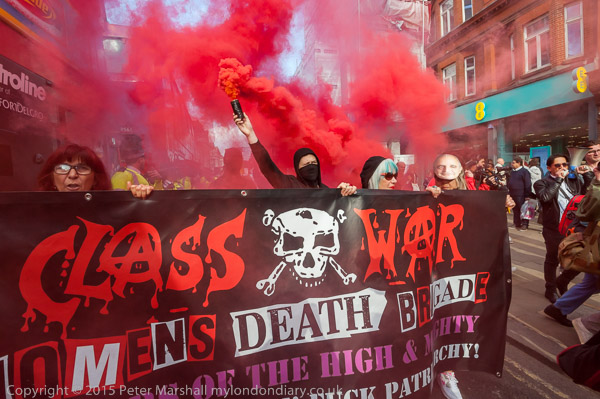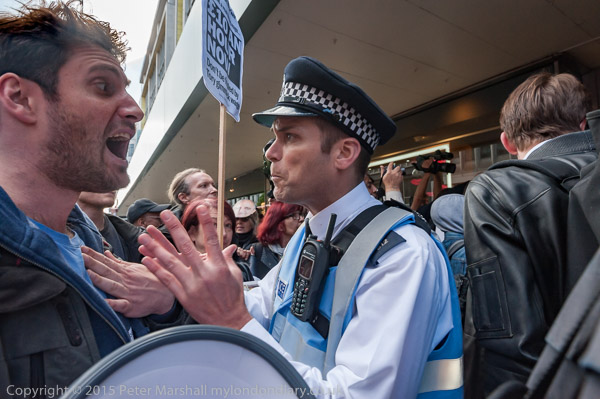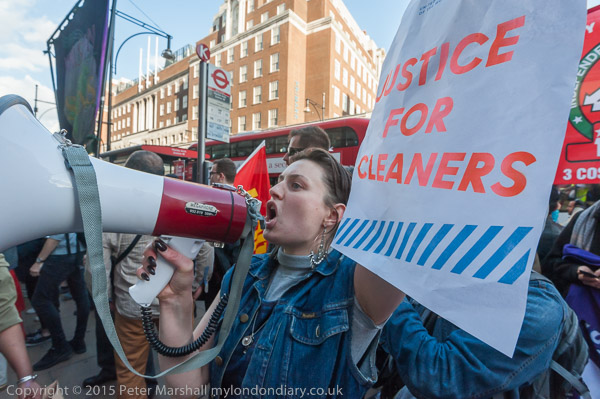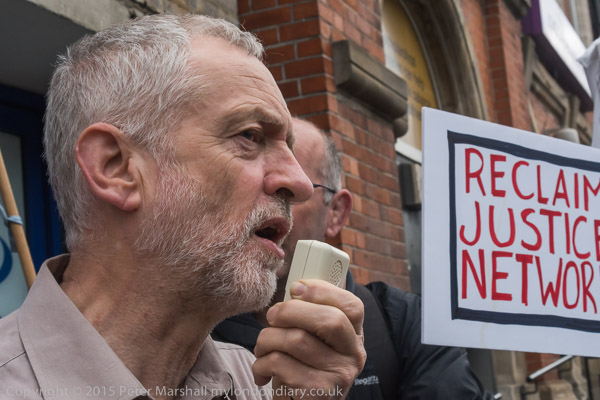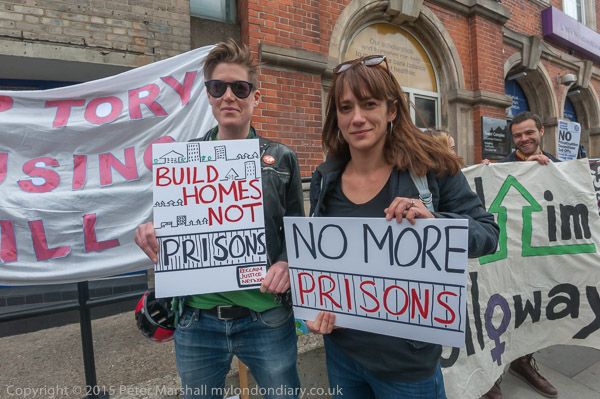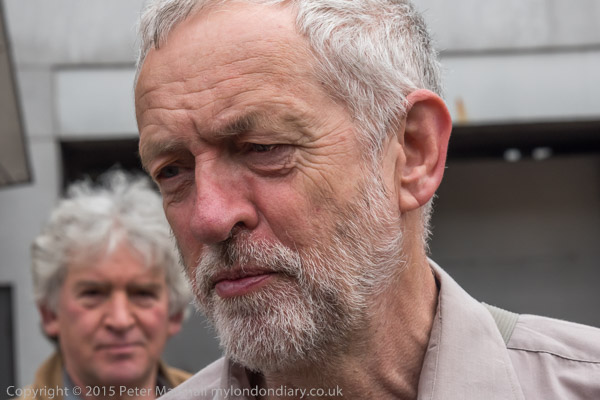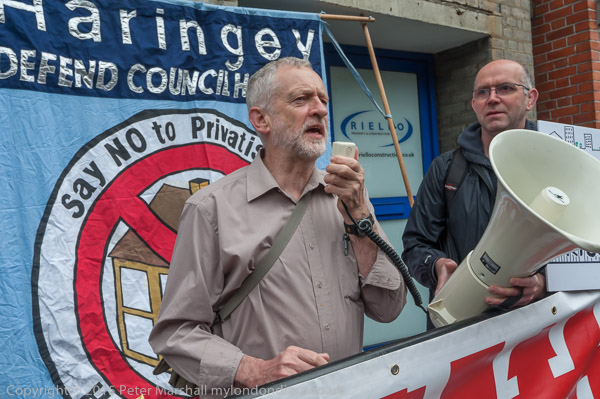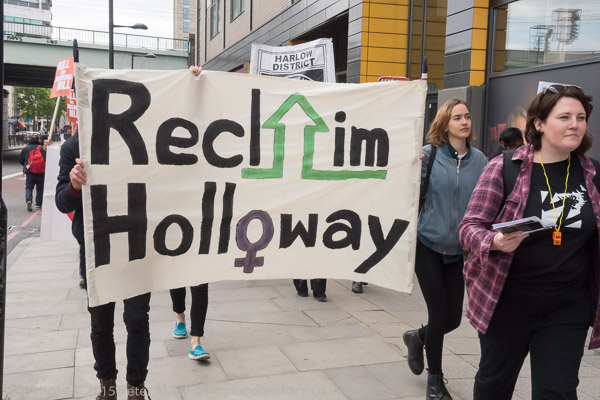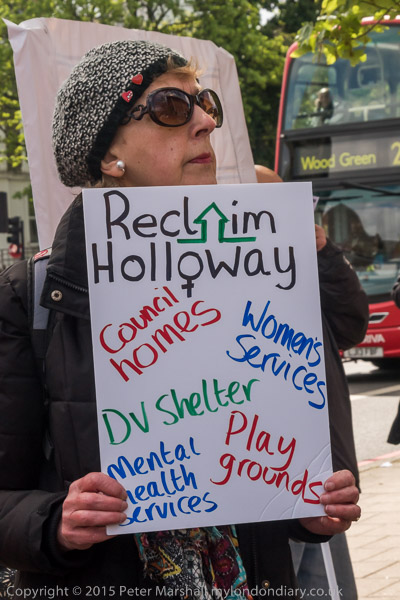2nd February 2017
The view from the end of Cooper St (or close to it) looking southeast across the former Cottingham Drain towards Pauls Agricultural Products, on both sides of Wincolmlee on the River Hull where cereal processing has taken place since the beginning of the 20th century. Pauls Agriculture Ltd is now Maizecor, the premier supplier of milled maize products to the UK baking industry, brewing and for animal feeds, using certified non-GMO French yellow maize. If you want large quantities of bran, maize flaking grits, coarse and fine maize grits, medium polenta, maize germ, maize meal or maize flour, they can supply them.
Drains like the Cottingham Drain and and the Beverley and Barmston Drain which enters the Hull a few yards upstream date from around the start of the nineteenth century and are a part of huge drainage schemes begun by monks in the middle ages (though they were mainly interest in them as a transport system), but mainly from the late 17th century onwards which turned a huge area of saltmarsh and peat bogs (carrs) – the largest wetland area in England outside the Fens – into habitable and profitable land. Recent floods are a reminder of the past and the inability of any system to cope with truly excessive rainfall, though the tidal barrier protects the area from tidal flooding. The Cottingham Drain was culverted in 1963.
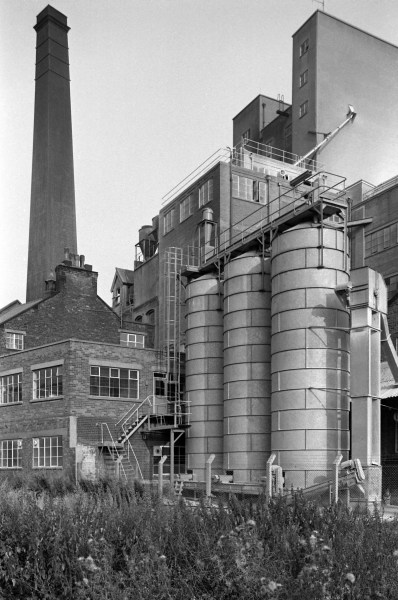
28i32: Pauls Agriculture Ltd (now Maizecor) from the end of Cooper St, 1981 – River Hull
Extra pictures:
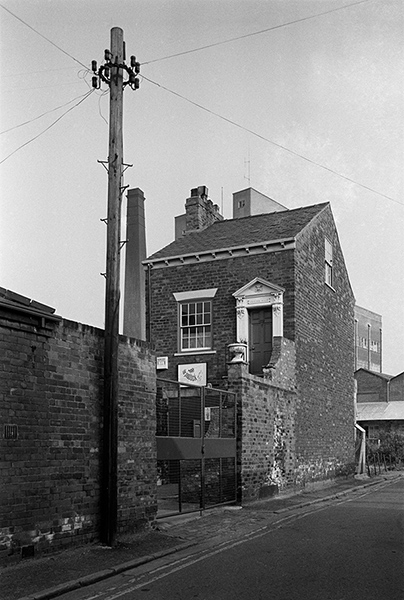
28i46 – another picture of Victoria House, Cooper St, 1981 – River Hull
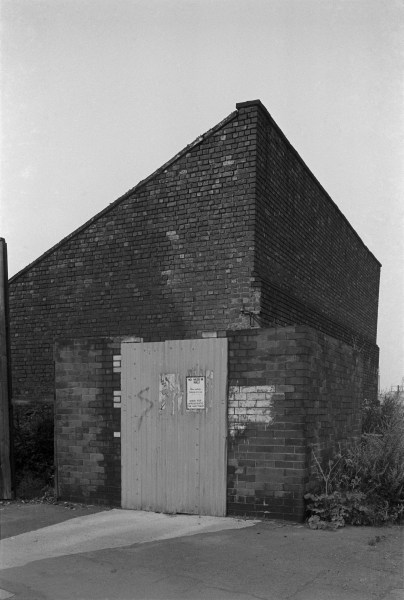
28144: Brick structure, Cannon St area, 1981 – River Hull
3rd February 2017
Catherine St is one of Hulls shorter streets, but Google halves its length to around 30 metres with no real buildings on it, naming it other half as part of Machell St, though the street signs still have it at original length. The corner site shown here is now a yard for LS Lighting & Signs. The building at extreme left on Scott St has also gone, though there is a similar building a few yards further on on the other side of Wincolmlee.
Spear Warehousing & Transport Company Limited owned a number of warehouse premises in Hull and the company was liquidated in the mid-1980s. I don’t know the history of this building, but it looks fairly solid and a good example of commercial building of its era, with a rather impressive carriage entrance at the left, and it is a shame it has not survived.
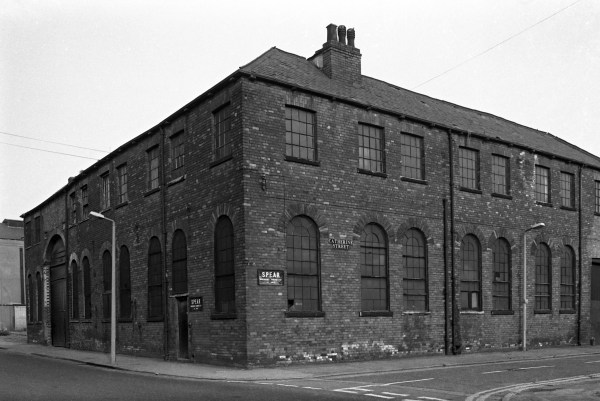
28i35: Corner of Catherine St/Scott St, 1981 – River Hull
4th February 2017
This building was on the corner of Carr St, which appears now to have disappeared into a parking area of the Maizecor site. It was only a short street and ended at the Cottingham Drain.
It was built probably around 1803/4 as a Wesleyan Methodist Chapel, one of the first in Hull, and had seating for 531 worshippers. The plain brick was coated with stucco some time in the mid 19th century and the building is mentioned in the Hull pages of Pevsner. The population of Sculcoates fell and new Methodist churches opened elsewhere in Hull and the chapel became a printing works. It was in use by Mason and Jackson Ltd from 1910 until after I took this picture – you can read more details and see pictures in Paul Gibson’s Hull & East Yorkshire History. Sadly listing of this building was refused and it was bought and demolished for a lorry parking area by Maizcor in 2001.
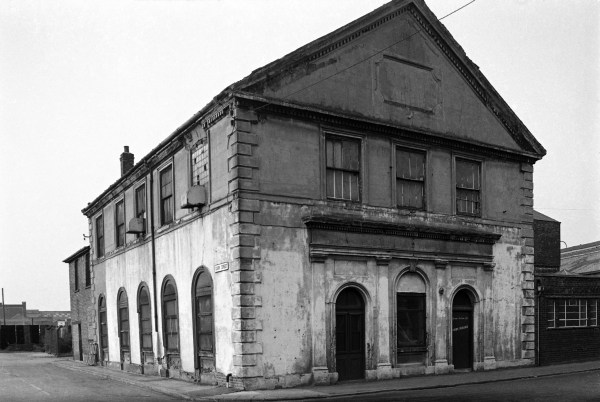
28i36: Scott St Wesleyan Chapel (Mason & Jackson Ltd, printers), 1981 – River Hull
5th February 2017
From an iron foundry established in the late 18th century Rose Downs and Thompson developed an engineering business specialising in machinery for the edible oil industry. Constructed in 1900, their ferro-concrete factory extension was the first in England (a year or two after Weaver’s Granary and Flour Mill at Swansea, which has been demolished for a Sainsbury’s car park) using the Hennebique system and is said to be the only remaining example in England though many were built, and is Grade II listed.
Hennibique’s agent for the UK, L G Mouchel, was extremely active in promoting this patented method of steel reinforcement in concrete – and invented the English term ‘ferro-concrete’.
Hull has another listed Hennibique structure, a bridge over the Foredyke stream in New Cleveland St, next to its junction with WItham, also built by Rose, Downs & Thomson Ltd in 1902 and a plaque on it states it to be the first ferro-concrete bridge in the UK. The stream has since been filled in and only the parapets are visible on each side of the road.
There were plans to convert the factory to flats in 2010 and some Hull councillors challenged the listing and wanted to get it pulled down in 2012. It was still in a derelict state in August 2016.
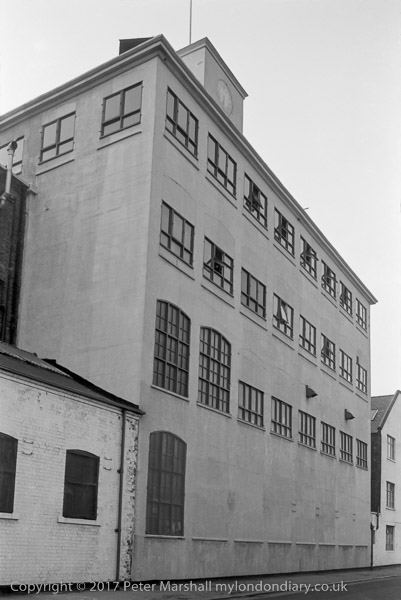
28i45 Hennebique ferro-concrete built factory, Rose Downs and Thompson, Cannon St, 1981 – River Hull
6th February 2017
Conveniently placed public toilets under the statue of Queen Victoria by Henry Charles Fehr erected in 1903 in Hull’s main square. The toilets date from 1923 and their position under the former monarch was highly controversial at the time but Victoria was back on the throne the following year. The toilets were restored in 1989 but retain most of their original fittings in the Gentlemen’s section. Both statue and toilets are Grade II listed.
King Billy (William III) in Market Place with 4 lamps around him is Grade I listed, though the toilets he rides towards are again only Grade II listed. I rather doubt if Queen Victoria would be amused to find herself above the public conveniences, and I’m sure that – unlike King Billy, who is well-known to pop down off his mount for a pint when the clock on Holy Trinity strikes midnight – she never needs to make use of the facilities beneath her.
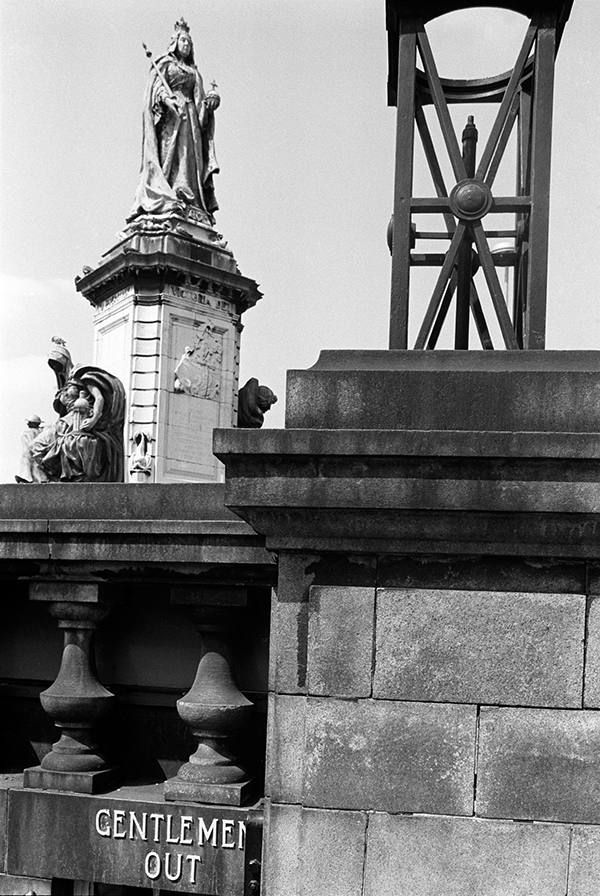
28j15: Queen Victoria & public lavatory. Victoria Square, 1981 – City Centre
7th February 2017
The Grassendale, a 667 ton gross twin grab hopper dredger built by Richard Dunston Ltd at Hessle in 1954 was in the Union Dry Dock on Great Union St. It appears that Grassendale was owned by the British Transport Docks Board (now Associated British Ports) and was earlier based at Barrow in Furness but replaced in about 1978. She is also said to have been based at Garston and an undated postcard published by the magazine ‘After the Battle” shows her at Fleetwood. The ship was broken up at Millom in Cumbria in 1987.
The ship was around 50.3m long and 10.4 m wide, reasonable fit in the dock which was 65.2 by 14.8 m according to https://en.wikipedia.org/wiki/Port_of_Hull Wikipedia. The dock, built in the first half of the nineteeth century was at the time of the photograph I think owned by Mersey Welding; it is still present, but was completely silted up. The shed at left and a brick building just out of this frame to the left are still there, with a sign in front for Blenco Welding Ltd on the pipe at the right of my picture. I think that company is no longer in business.
One of several photographs of the Grassendale on-line shows her at the entrance to Humber Dock Basin in 1980, presumably dredging in preparation for the reopening of Humber Dock as the Hull Marina in 1983.
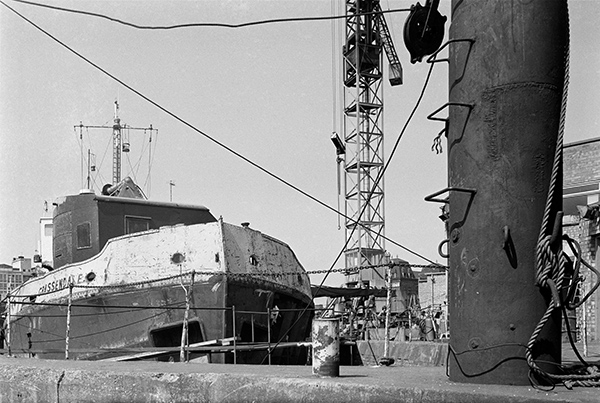
28j21: Grassendale in Union Dry Dock, Great Union St, 1981 – River Hull
8th February 2017
A view which was almost impossible to resist photographing every time I walked across the Drypool bridge, and the presence of Humber Dawn in the left foreground added to the scene. Owned by John H Whittaker (Tankers) Ltd of Hull it was, according to various web sources, built in 1967 in Poole and originally was called Druid Stone and is now in harbour in Gibraltar.
The view shows in the distance the new Myton Bridge which opened in 1981, with just a single car visible on it (too small to see on the web image), and a fairly usual mix of barges and other vessels moored on both banks of the river. At right are the Grade II listed Pease Warehouses, with the fire damage at the extreme right having reduced the right-hand block from five to two storeys.
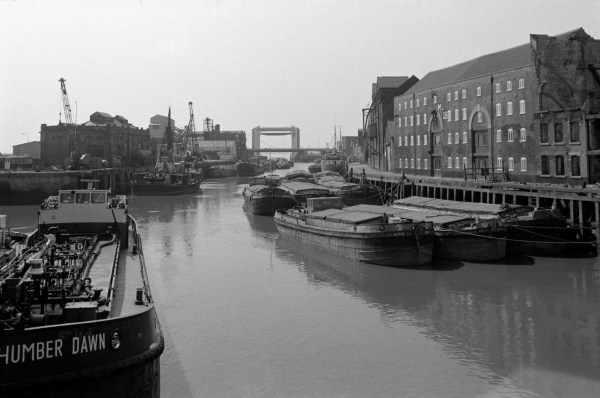
28j24: River Hull looking south from Drypool Bridge, 1981 – River Hull
You can see the new pictures added each day at Hull Photos, and I post them with the short comments above on Facebook.
Comments and corrections to captions are welcome here or on Facebook.
(more…)
